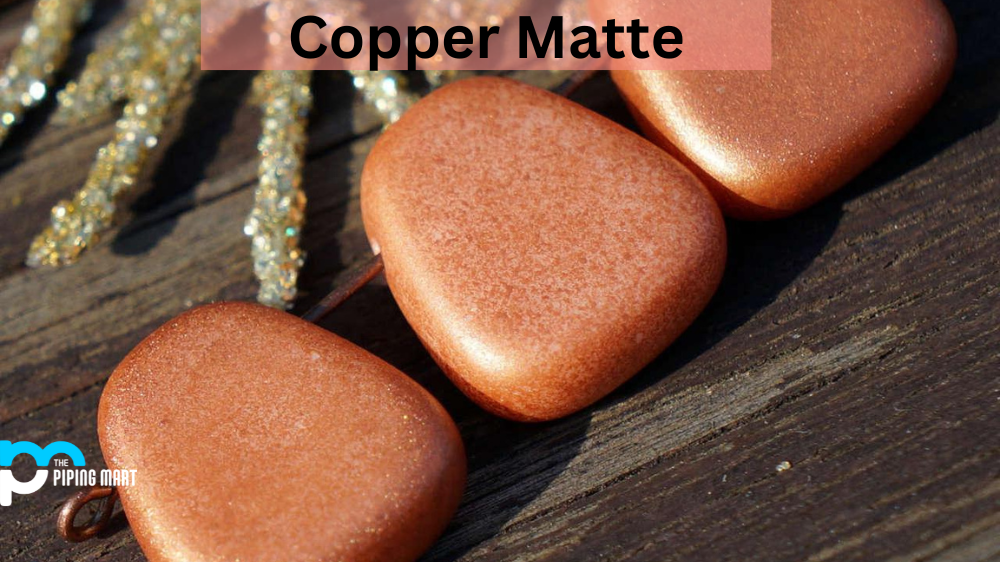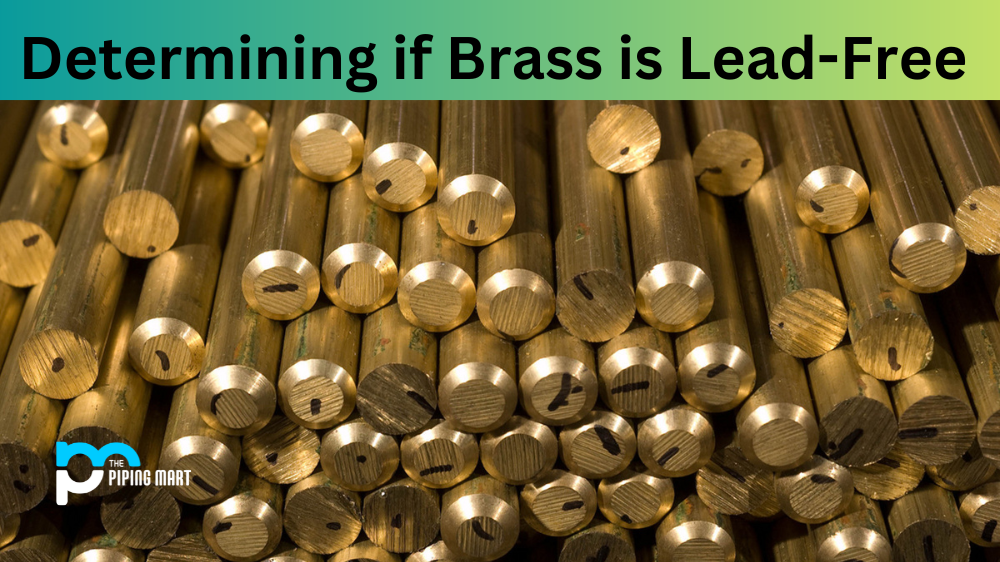If you’re in the market for a high-quality knife, you’ll quickly realise there are many options. One of the most important factors is the type of steel used in the blade. Two of the most commonly compared steels are 420HC and S35VN. While they may look similar on the surface, the two have several key differences. This post will cover everything you need about 420HC steel vs S35VN, including their composition, performance, and which is better for your needs.
What is 420HC Steel?
420HC steel is a type of stainless steel made with high carbon content for increased hardness. It provides good corrosion and wear resistance, making it an ideal material for pocket knives, liners, bolsters and other knife parts. With its exceptional toughness, hardness and edge-holding properties at a relatively low cost, 420HC steel is an excellent choice for many applications.
What is S35VN Steel?
S35VN steel is a popular type of stainless steel used in high-end knives. It has superior edge retention, toughness, and corrosion resistance due to its higher amounts of vanadium and chromium than other steels. It can also handle temperatures up to 600°F (316°C). It is an excellent choice for those seeking a long-lasting, dependable knife blade material.
Difference Between 420HC Steel and S35VN Steel
Composition:
First, let’s take a look at the composition of each steel. 420HC steel is a high-carbon stainless steel often used in entry-level knives. It contains about 0.4% carbon, which gives it good edge retention and corrosion resistance. Meanwhile, S35VN is a premium steel with higher levels of chromium and vanadium. This makes it more resistant to wear and tear and has excellent toughness and sharpness retention. S35VN contains around 1.4% carbon, 14% chromium, and 4% vanadium.
Performance:
Regarding performance, there are a few key differences between 420HC and S35VN. 420HC is a good choice for knives that will be used for general tasks. It’s easy to sharpen and maintain and has good corrosion resistance. However, it’s easier and more durable than S35VN, which makes it less suitable for heavy use. S35VN is a superior steel often used in high-end knives and tactical equipment. It holds an edge better and is more resistant to chipping, making it a better choice for demanding tasks.
Price:
The price is often a consideration when choosing between two different types of steel. As mentioned, 420HC steel is often used in entry-level knives, making it more affordable than S35VN. On the other hand, S35VN is a premium steel that is typically found in high-end knives and other expensive equipment. If you’re on a budget, 420HC might be the better choice, but if you’re looking for a knife that will last a lifetime, investing in S35VN is worth considering.
Maintenance:
Another thing to consider is the maintenance required for each type of steel. While both are relatively easy to care for, S35VN does require a little more attention. It’s important to keep it oiled to prevent rust or corrosion, and you’ll need to sharpen it less frequently than you would with 420HC. However, sharpening S35VN can be more tricky due to its hardness, so you might need to take it to a professional if you’re not confident doing it yourself.
Conclusion:
In conclusion, when it comes to 420HC steel vs. S35VN, it depends on what you’re looking for in a knife. If you’re on a budget or need a knife for light to medium use, 420HC steel will serve you well. It’s affordable, easy to maintain, and suitable for most tasks. However, if you’re looking for a high-performance knife that will last a lifetime and can afford to invest more, the S35VN is worth considering. It’s a superior steel with excellent performance, durability, and resistance to wear and tear. Whichever you choose, take care of it properly to ensure it lasts for years!
Rachana is a dedicated and ambitious young woman who has made a name for herself in the metal industry. From her earliest days in the industry, Rachana showed a natural talent for problem-solving and a keen eye for detail. In her free time, She enjoys reading up on the latest advancements in the industry, as well as exploring new ways to innovate and improve upon existing processes.




